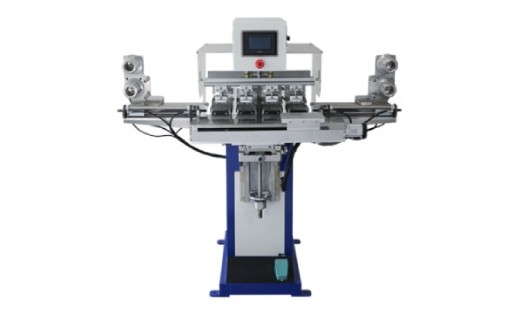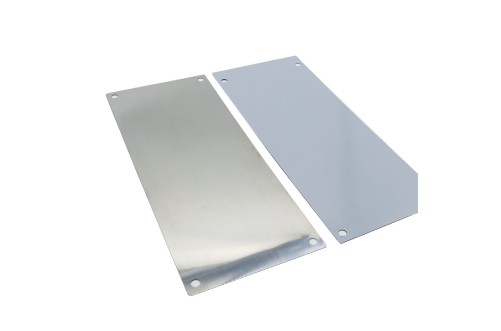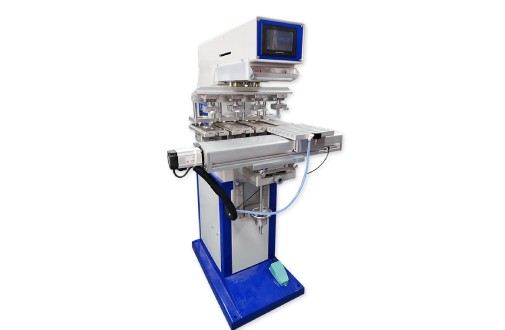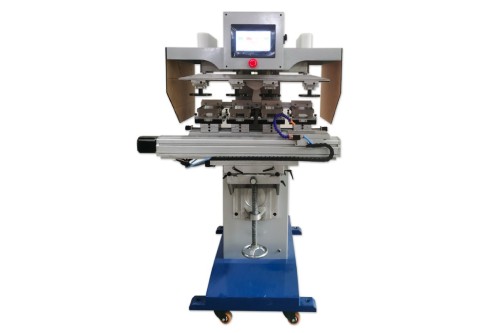Introduction
Pad printing is a versatile technique employed across diverse industries for imprinting intricate designs onto various substrates. At the heart of this method lie the pad printing cliché plates, pivotal components dictating the quality and fidelity of prints. Understanding the nuanced role of surface texture within these plates is paramount for manufacturers and users alike.
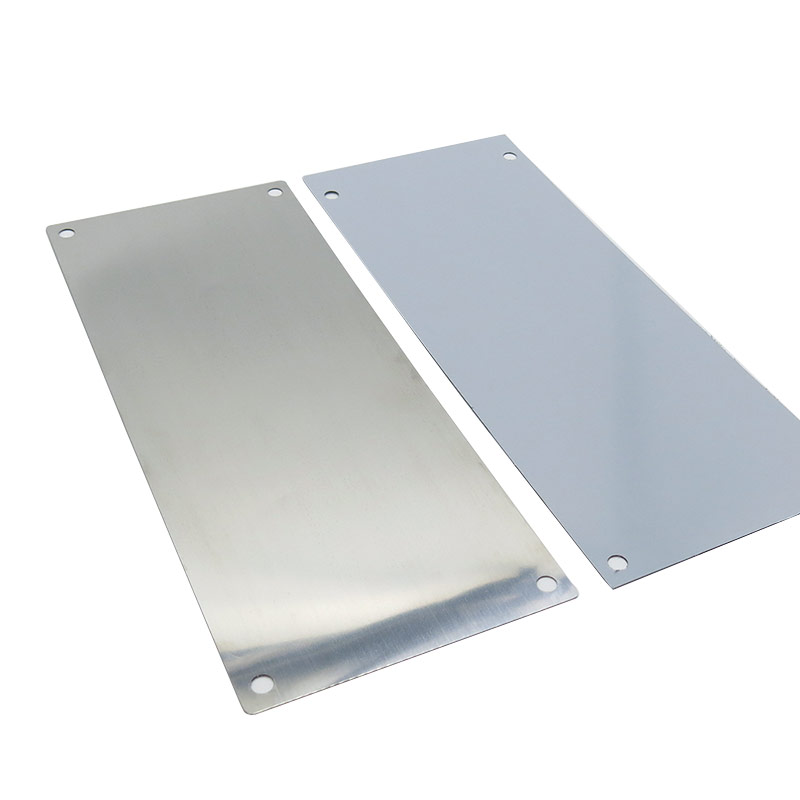
Understanding Pad Printing Cliché Plates
Pad printing cliché plates serve as the conduit through which ink is transferred onto the target surface. These plates typically comprise materials such as steel aluminum or polymer, crafted to withstand repeated use while preserving the integrity of the printed image. Surface texture, a fundamental attribute of these plates, is crucial in determining ink transfer efficiency and print resolution.
Impact of Surface Texture on Ink Transfer
In the realm of pad printing, the journey of ink from cliché plate to substrate is intricately linked to the surface texture of the plate itself. The surface texture governs ink adhesion, release, and coverage. A finely tuned texture facilitates smooth ink transfer, ensuring uniformity and clarity in the final print. Conversely, a suboptimal texture may impede ink flow, leading to inconsistent prints and compromised quality.
Enhancing Print Resolution through Surface Texture
Print resolution, a critical aspect of pad printing, hinges significantly on the surface texture of cliché plates. A finely textured surface enables precise ink deposition, producing sharp and defined prints. Conversely, a coarse texture may introduce unwanted artefacts and imperfections, detracting from the overall print quality. Manufacturers and users must recognize the direct correlation between surface texture and print resolution to achieve desired outcomes.
Factors Affecting Surface Texture Selection
Several factors come into play when selecting surface textures for pad printing cliché plates. Material composition, manufacturing processes, and intended application all influence the ideal texture choice. Manufacturers and suppliers of pad printing cliché plates must navigate these considerations to offer tailored solutions that meet the diverse needs of their clientele. By understanding these factors, users can make informed decisions when sourcing cliché plates for printing.
Optimizing Surface Texture for Specific Applications
The quest for optimal print results necessitates the customization of surface textures to suit specific applications. Different substrates and ink types demand varying levels of texture refinement to achieve desired outcomes. Pad Printing Cliché Plates manufacturers and suppliers play a crucial role in this process, offering a range of customization options to meet the unique requirements of their clientele. Through collaboration and innovation, surface textures can be fine-tuned to deliver exceptional print quality across diverse applications.
In ENGYPRINT, we provide different surface treatment for cliches, for example:
Thick plate : bright /matte /mirror surface while bright surface plates sell the best.
Aluminum plate surface is oxidized.
Thin plate, in order to assure quality, we import the raw material rather than buy from local.
Conclusion
In pad printing, the surface texture of cliché plates emerges as a pivotal determinant of print quality and fidelity. Manufacturers and users alike must recognize the profound impact of surface texture on ink transfer efficiency and print resolution. By understanding the nuances of surface texture selection and optimization, stakeholders can unlock the full potential of pad printing technology. As the industry evolves, a steadfast commitment to surface texture refinement will drive innovation and excellence in pad printing applications.


